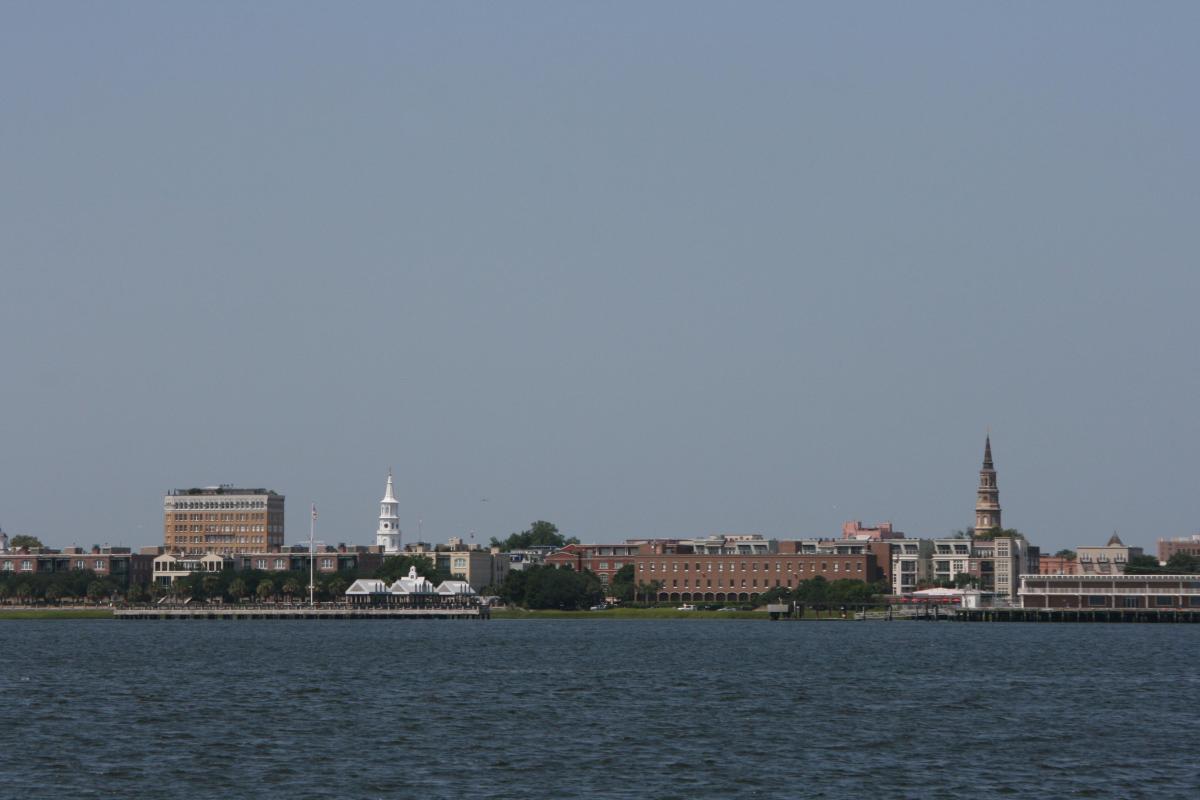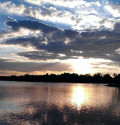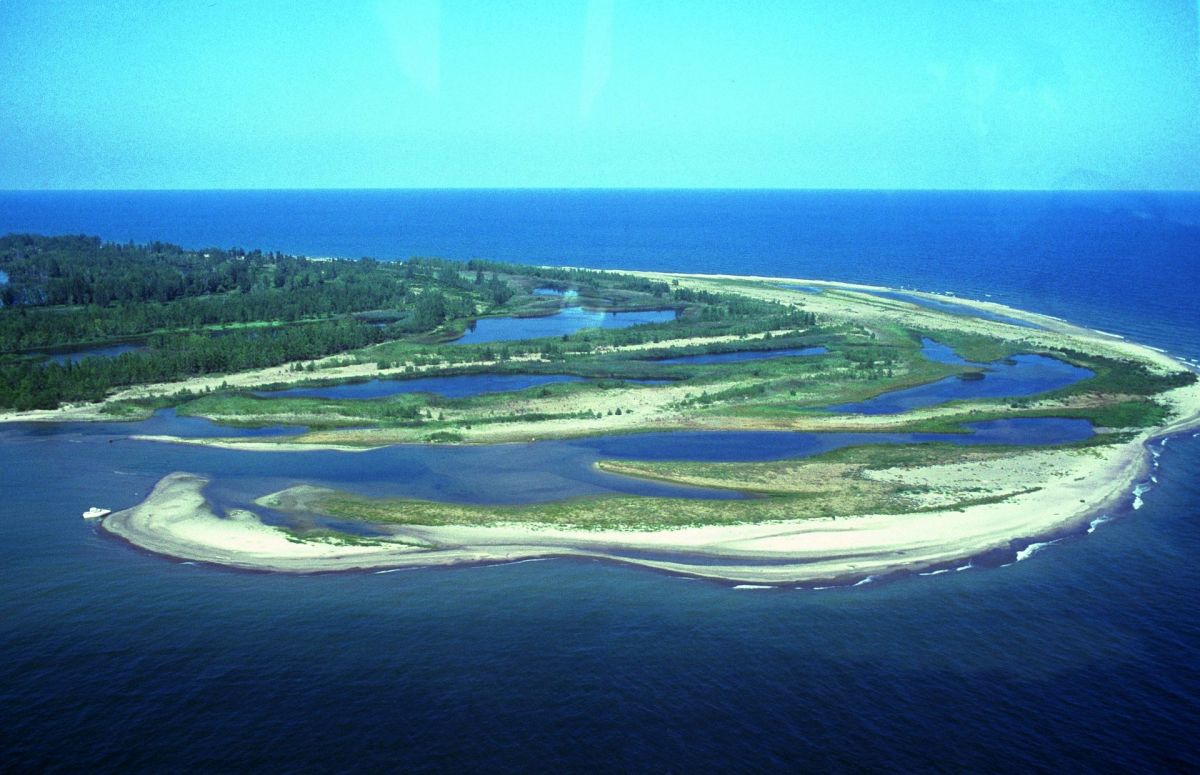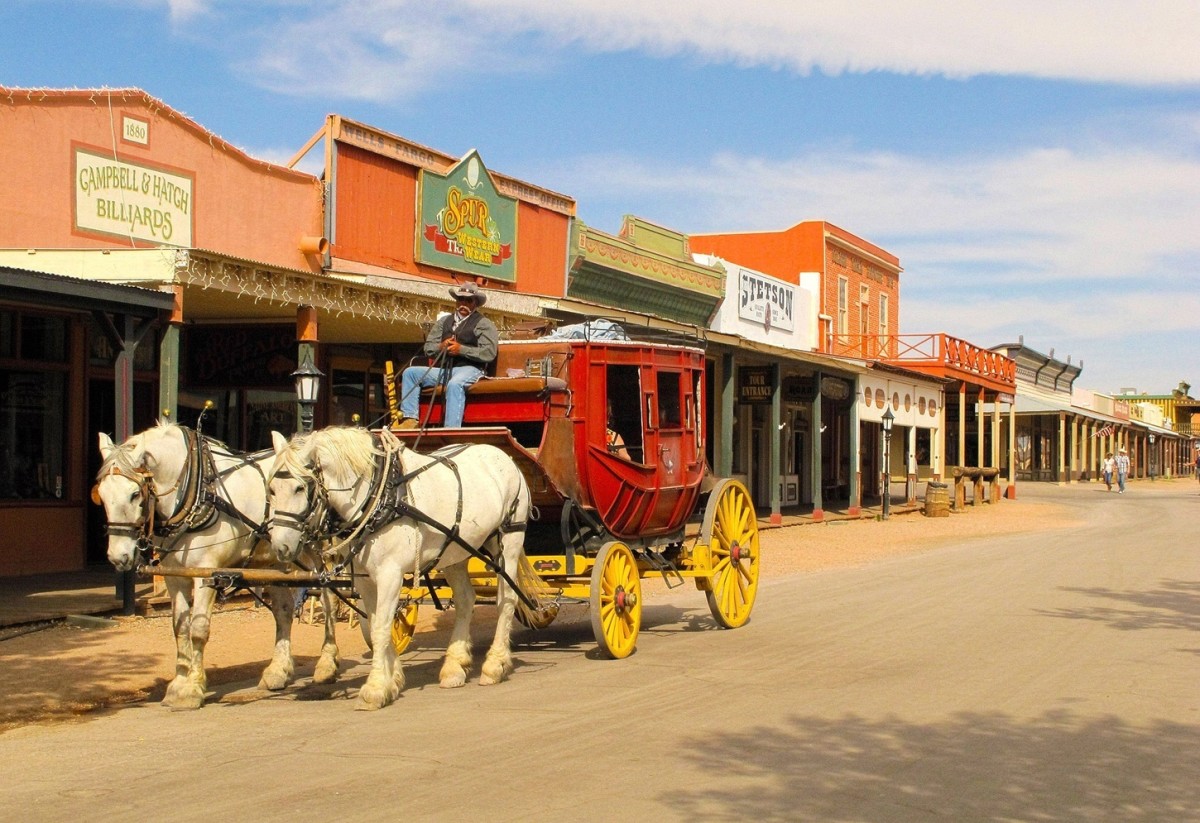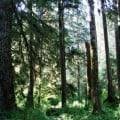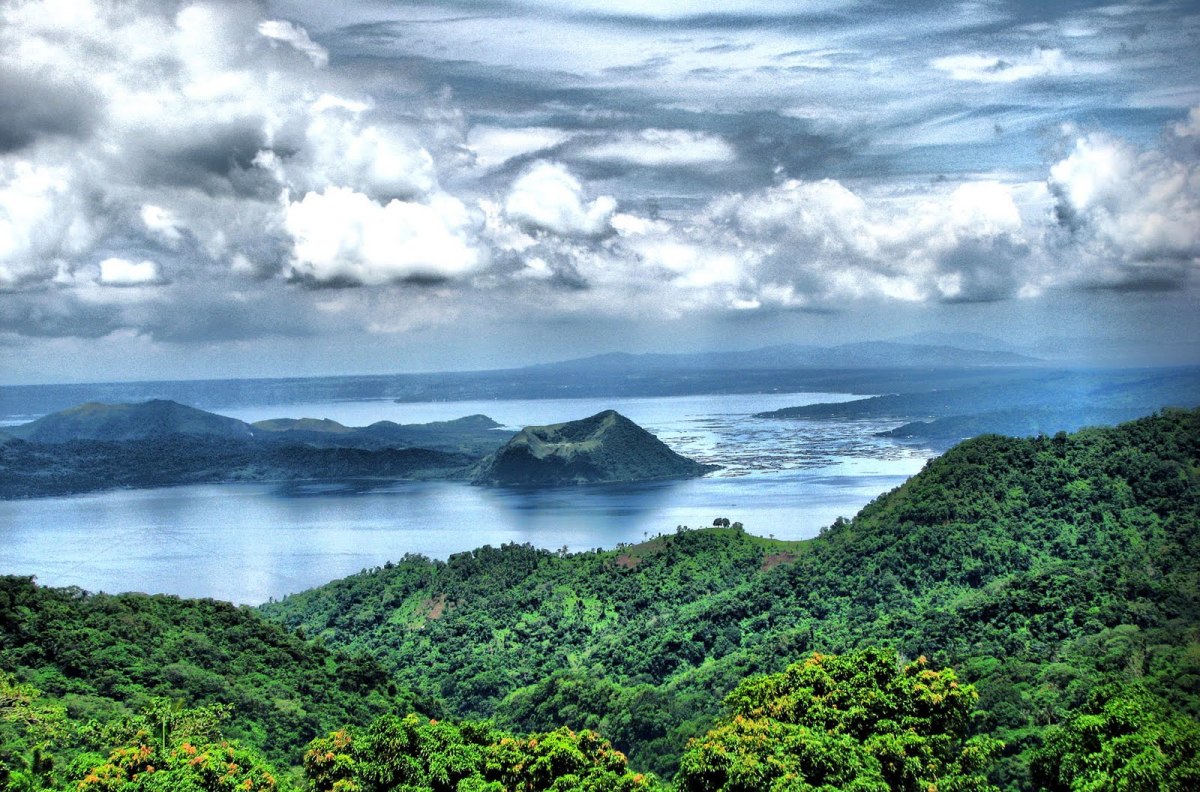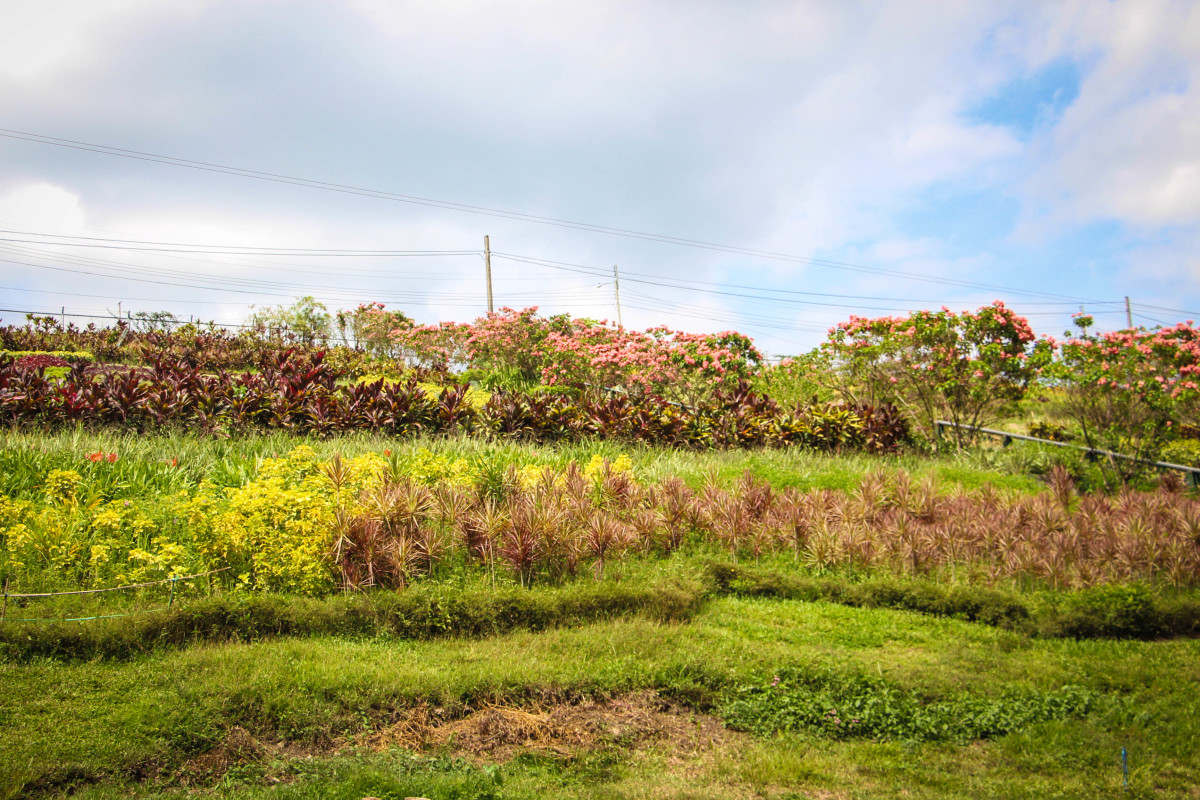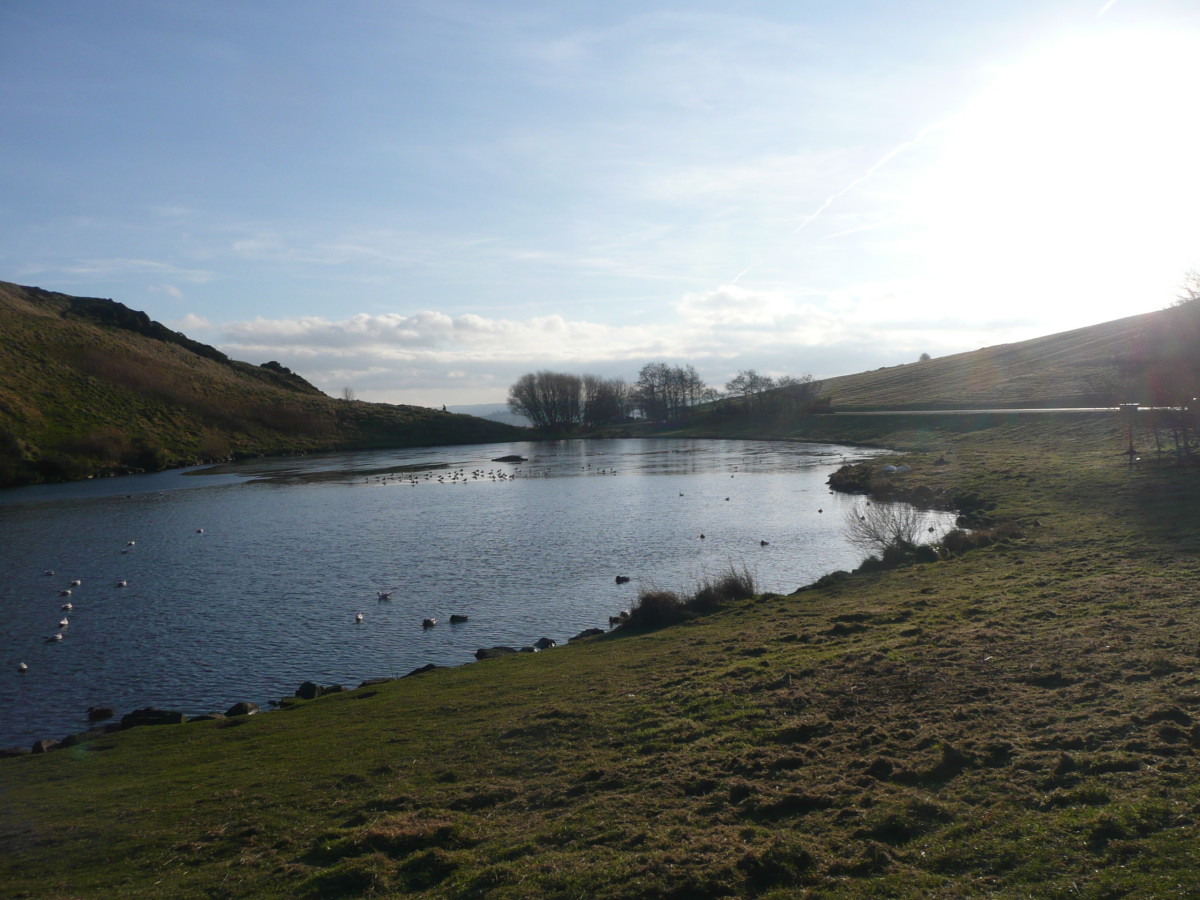Visit Ecuador and See Some of the Most Interesting Places in the World: Galapagos, Pacific Coast, Andes and Amazonia
Some facts about Ecuador
Ecuador - officially the Republic of Ecuador is a country in northwestern South America, bordered by Colombia on the north, Peru on the east and south, and the Pacific Ocean on the west. Ecuador also includes the Galapago Islands in the Pacific, about 1,000 kilometres (620 mi) west of the mainland. The capital city is Quito and its largest city as well.
Quito, the second tallest capital in the world, located on the slopes of the Pichincha volcano, has the largest and best preserved historic center in Latin America, a true heritage treasure that houses churches, museums and cultural centers that will allow you to discover, through a wonderful trip, the history of Ecuador and its richness in terms of cultural and natural diversity
Things to do in Ecuador
Ecuador offers many things to do, including sports activities, enjoying in the beautiful nature and visit cultural places.
Sports activities include:
- mountaineering
- horseback riding
- surf
- diving
- rafting
- paragliding
- camping
- trekking
If you would like to visit nature, you can:
- visit protected areas
- bird watching
- whale watching
- flora observation or just
- landscape photography
If you're fan of culture, you can walk through the cities and learn about the culture and traditions of this beautiful country.
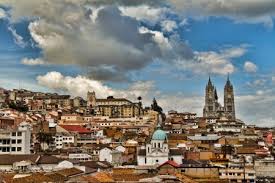
Sports activities in Ecuador
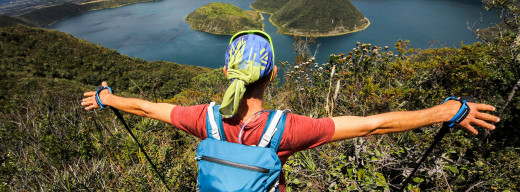
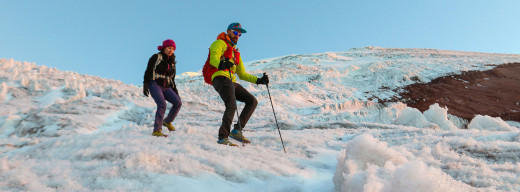
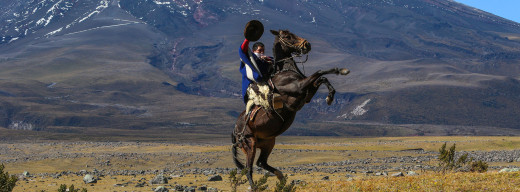
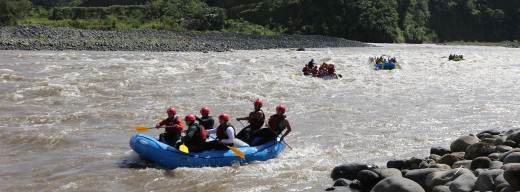
Protected areas in Ecuador
There are many protected areas in Ecuador. For the purpose of this article I will mention Galapagos.
Galapagos are made up of several islands:
- San Cristobal Island
- Santa Cruz Island
- Isabela Island
- Floreana Island
Whichever you choose for a visit, you will enjoy!
Interesting cities in Ecuador
Quito is the oldest capital in South America. Here are some interesting places you should see in this city.
1. La Ronda
La Ronda is one of the most emblematic streets in old Quito, where the so-called “bohemian philosophy” lurked and thrived. Musicians, iconic songs, poets, and vagabonds roamed, beneath the picturesque balconies that remain intact today, decorated with beautiful geraniums. Nightlife culture has not disappeared, but aside from visiting La Ronda at night, where “pasillo” music is played on the street and a delicious canelazo is always a good idea to warm the chilly Quito nights, you can also visit this colonial icon during the day, where you’ll find all kinds of cultural and culinary attractions await, part of the Manos de La Ronda project.
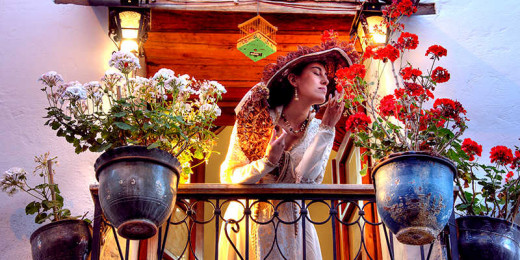
2. Historic Center
The largest Historic Center in the Americas, tucked deep within a valley protected by giant Andean volcanoes at 2,800m (around 10,000 feet) above sea level. Quito’s spectacular old town extends over 790 acres and is home to 40 heritage churches and chapels, 16 convents and monasteries with their respective cloisters, 17 plazas, 12 chapter rooms and refectories, many museums and countless courtyards.
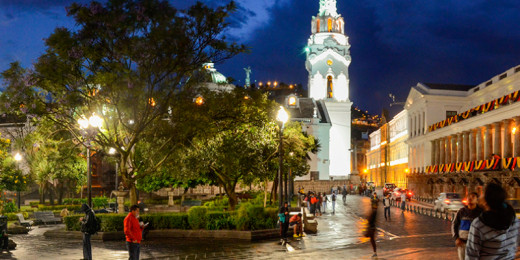
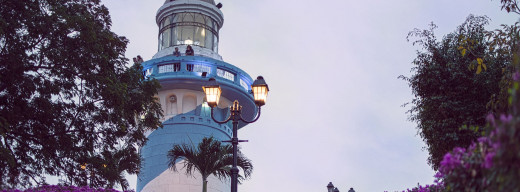
Guayaquil
Guayaquil is located at the south coast of the Pacific, on the banks of the majestic Guayas River and crossed by several estuaries such as El Salado. “La Perla del Pacífico”, as it is known, is endowed with a host of attractions that will make your visit an unforgettable experience.
Among the places you should know in the main port of Ecuador the Malecón Simón Bolívar, one of the most successful urban recovery projects in the Americas, consisting of more than 2.5 km of public areas, culture, entertainment, green areas and history, among other attractions.
A few meters away you will be able to fall in love while walking through the cobbled and narrow streets of Las Peñas, the first neighborhood of Guayaquil with more than 400 years of history, where its characteristic wooden houses painted with bright colors stand out. Walking through the cobbled and narrow streets of Las Peñas (the first neighborhood of Guayaquil with more than 400 years of history) and falling in love with its characteristic wooden houses painted with bright colors, is a task that no traveler can fail to fulfill. In addition, after climbing the 444 steps of Santa Ana Hill and reaching its lighthouse, you will enjoy a unique view of the city.
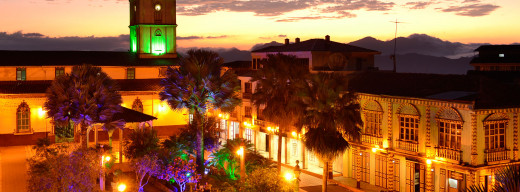
Zaruma
Zaruma is located at 1200 masl with a pleasant climate (24.0ºC) and has two defined seasons: winter, December to May and summer, June to November.
Its vernacular architecture, are part of the historic center, houses that are treasured for more than a century decorated with balusters, eardrums, balconies that collect stories in its narrow and steep streets.
Traveling to Zaruma is a wonderful experience. Climb from the coastal strip, to reach the top of a mountain of gold and admire the splendor and magic of a balancing town that swings on the back of the Vizcaya mountain range, is not only impressive but very original.
Its historical center is observed its urban layout, houses of the Republican era, built in the late nineteenth and early twentieth century, is a labyrinth of charming disorder with narrow and steep streets whose slopes are suspended stately houses of noble wood that show proudly the facades of carved balconies, frets, strips and open eardrums; a true architectural filigree, unique in Ecuador.
This labyrinthine urban wealth generates beautiful portals, nooks, stairways and romantic foyers, adarvares of stories and legends. It is that this town is full of magic!
From wherever we are we can start a walk inside its mythical gold mines; from where thousands of tons of gold and silver came out, generating an incredible and fascinating history of its exploitation since the Cañarí era and that the Miner Guides know how to count right there in the interior of the earth.
All the magic of this town is developed in a natural environment of touching beauty, where you can do adventure tourism, bird watching and extreme sports.

